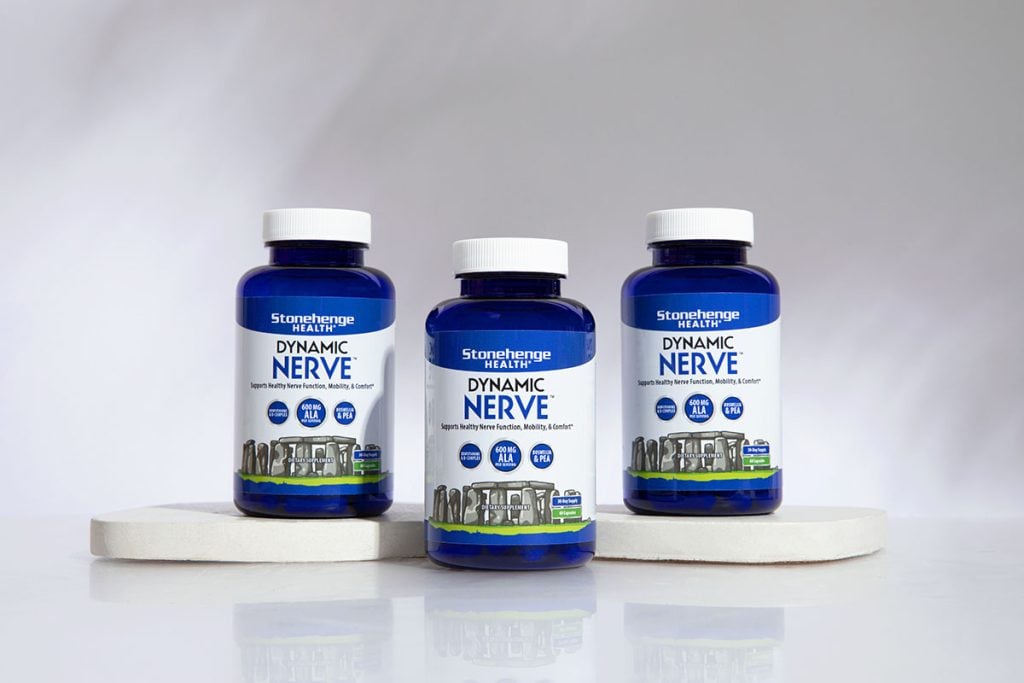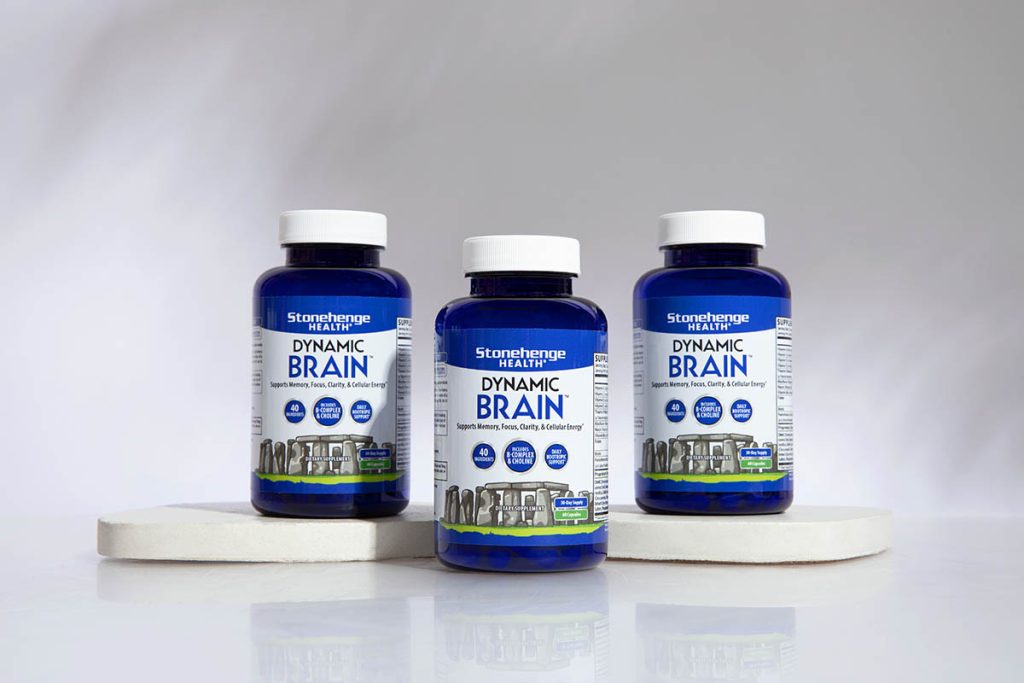
Fall is here, and it’s got us yearning for something earthy, warm, and comforting.
Today, we have a mushroom broth that’s perfect for a rainy day or even as an appetizer for a hearty meal.
Note that the mushrooms for this recipe are a bit harder to find than portobellos, so you may need to look up your specialty or health foods store. But trust us, it’s worth it!
We call it the Zen Brain Mushroom Broth.
Now, let’s get to the recipe!
Ingredients:
• 1/4 cup dried Lion’s Mane mushrooms (or fresh if available)
• 1/4 cup dried Reishi mushrooms (or fresh slices)
• 1/4 cup Chaga chunks (dried)
• 8 cups water
• 2 cloves garlic (smashed)
• 1” piece fresh ginger (sliced)
• 2 tbsp soy sauce or tamari
• 1 tbsp apple cider vinegar (helps extract nutrients from the mushrooms)
• Salt and pepper to taste
• Optional: Fresh herbs like thyme or rosemary for additional flavor
Instructions:
1. Prepare the mushrooms:
• If using dried mushrooms, soak them in hot water for 20–30 minutes to rehydrate.
• Once softened, chop them into smaller pieces to release more nutrients during cooking.
2. Simmer the broth:
• In a large pot, add the water, mushrooms (including the soaking liquid if using dried), garlic, ginger, soy sauce, and apple cider vinegar.
• Bring to a boil, then reduce the heat and let the mixture simmer for 45 minutes to 1 hour.
3. Strain the broth:
• After simmering, strain the broth through a fine mesh sieve or cheesecloth to remove the mushrooms, garlic, and ginger. You’ll be left with a rich, flavorful mushroom broth.
4. Season to taste:
• Add salt, pepper, and any herbs you like. If you prefer a stronger flavor, you can let the broth simmer longer.
Serve: Warm the broth in a mug or use it as a base for soups or other dishes.

Did you notice anything special about this recipe? OK, we’ll tell you…
Lion’s Mane, Reishi, and Chaga are all known as “functional mushrooms” for their benefits beyond flavor.
• Lion’s Mane: Supports focus and cognitive health
• Reishi: Supports relaxation and stress relief
• Chaga: Provides antioxidants that support brain function

In other words, these mushrooms are known for their ability to positively affect your cognitive function, your mood, and your stress response.
This savory broth is a great way to naturally integrate these mushrooms into your diet, and it not only tastes delicious but may give you a mental boost. Plus, it’s versatile—you can sip it throughout the day for a gentle focus lift or use it to enhance other meals!
What do you think—are you ready to give this broth recipe a try?
To take your cognitive and overall well-being to the next level, consider Dynamic Mushrooms from Stonehenge Health.*
While this Zen Brain Mushroom Broth is a delicious way to enjoy the benefits of functional mushrooms, Dynamic Mushrooms delivers the power of Lion’s Mane, Reishi, Chaga, and more in a simple daily capsule.
Each serving is scientifically formulated to promote cognitive processing speed and efficiency, support feelings of happiness and motivation, ease feelings of stress, immune health, and healthy digestion, giving you all the benefits of these powerful mushrooms without the need to source or prepare them.*
Try it today and experience the cognitive enhancement and calming effects these mushrooms can provide—anytime, anywhere.




















